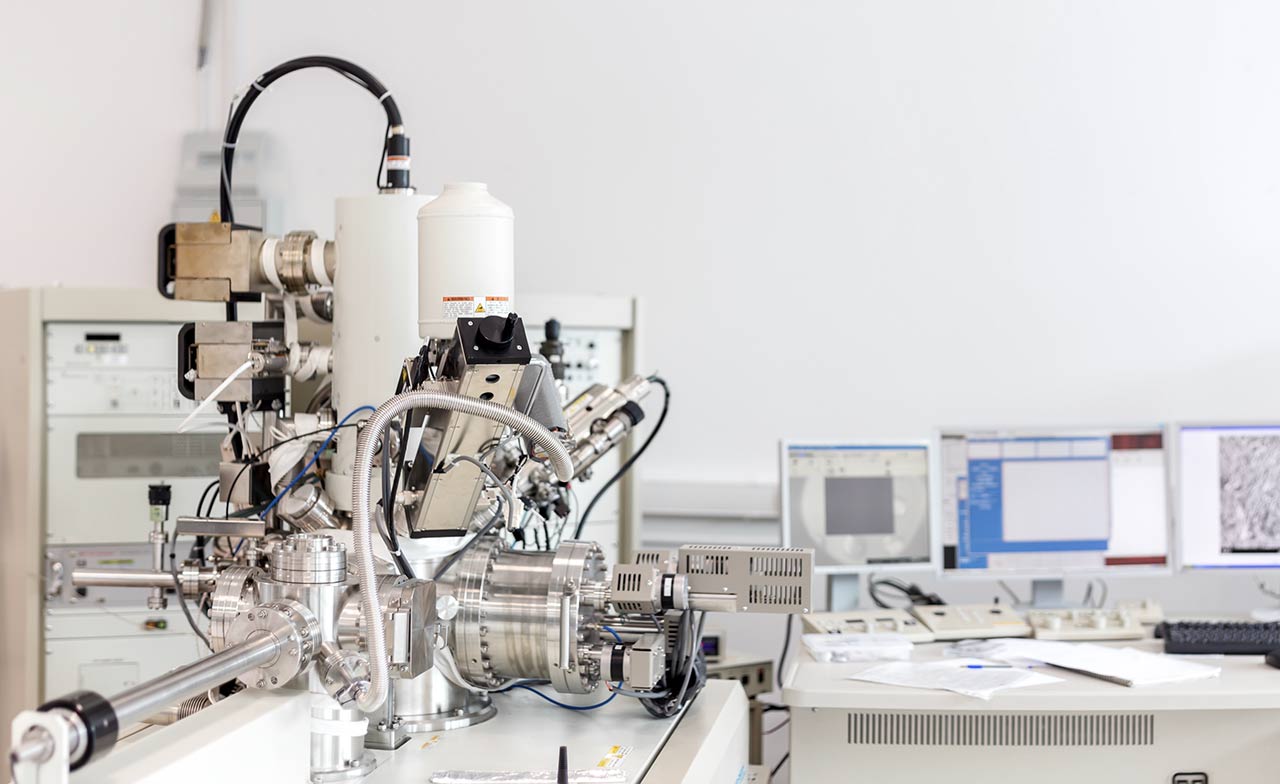How much DNA is in a human being?
A calculation of how much DNA is in an average person, by length and by weight.
Question
How much DNA is in a human being?
Answer
A single copy of the human genome contains around 3,234.83 Mb, or 3,234,830,000 individual bases. However, almost every cell in a human body contains two copies of this genome (one maternal and one paternal), giving to 6,496,660,000 bases per cell. Although it is divided into 46 separate chromosomes, this corresponds to roughly two metres and fourteen centimetres of DNA per cell, although it would weigh only ~7 trillionths of a gram.
To work out how much DNA is in the whole body, we’ll need to know how many cells a body has. This is the most difficult aspect of this question, as it’s as yet impossible to count. Estimates have ranged from 5 billion to 200 million trillion. However, a very thorough paper in 2013 attempted to measure the cell density of each tissue type (fat tissue, muscle tissue, etc.) and, knowing how much of each tissue type there is, extrapolate the number of cells from that. Their final answer was 37.2 trillion cells in an average adult male. Each of these will contain a full genome, with the exception of red blood cells. Red blood cells don’t actually contain any DNA at all, although this will barely impact the total amount of DNA, as there are “only” around 30 billion of them in the body.
So with 37.2 trillion cells, each containing 2.14 metres of DNA, this gives a total DNA length of 79,608,000,000,000 metres, or 79,608,000,000 kilometres. For reference, the moon is only 384,400 km away, and the sun 150,000,000 km away. This means that the DNA in your body would reach from the earth to the sun 530 times, although it would still weigh only 2.6 kg.
References
Bianconi, E., Piovesan, A., Facchin, F., Beraudi, A., Casadei, R., Frabetti, F., Vitale, L., Pelleri, M. C., Tassani, S., Piva, F., Perez-amodio, S., Strippoli, P. and Canaider, S. 2013. An estimator of the number of cells in a human body. Annals of Human Biology, 40 (6), pp 463-471
